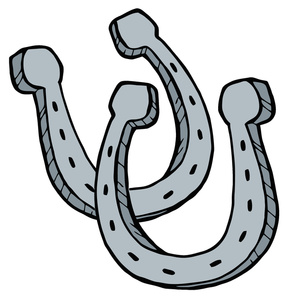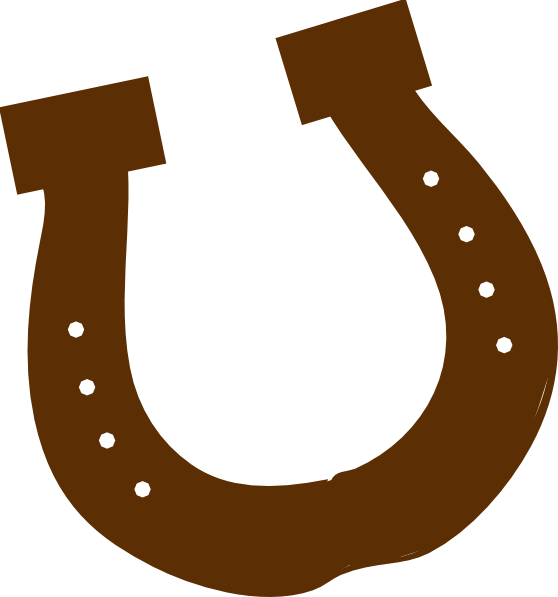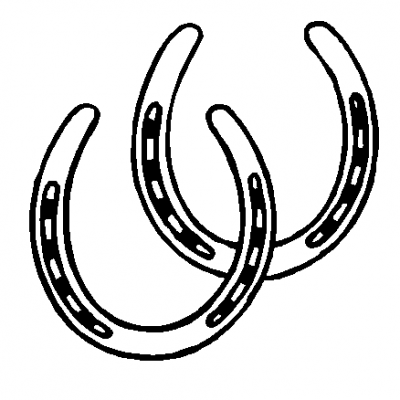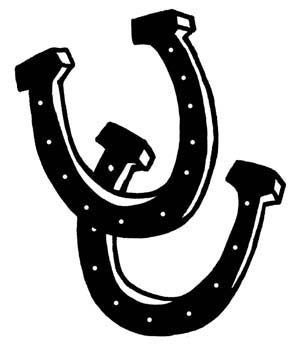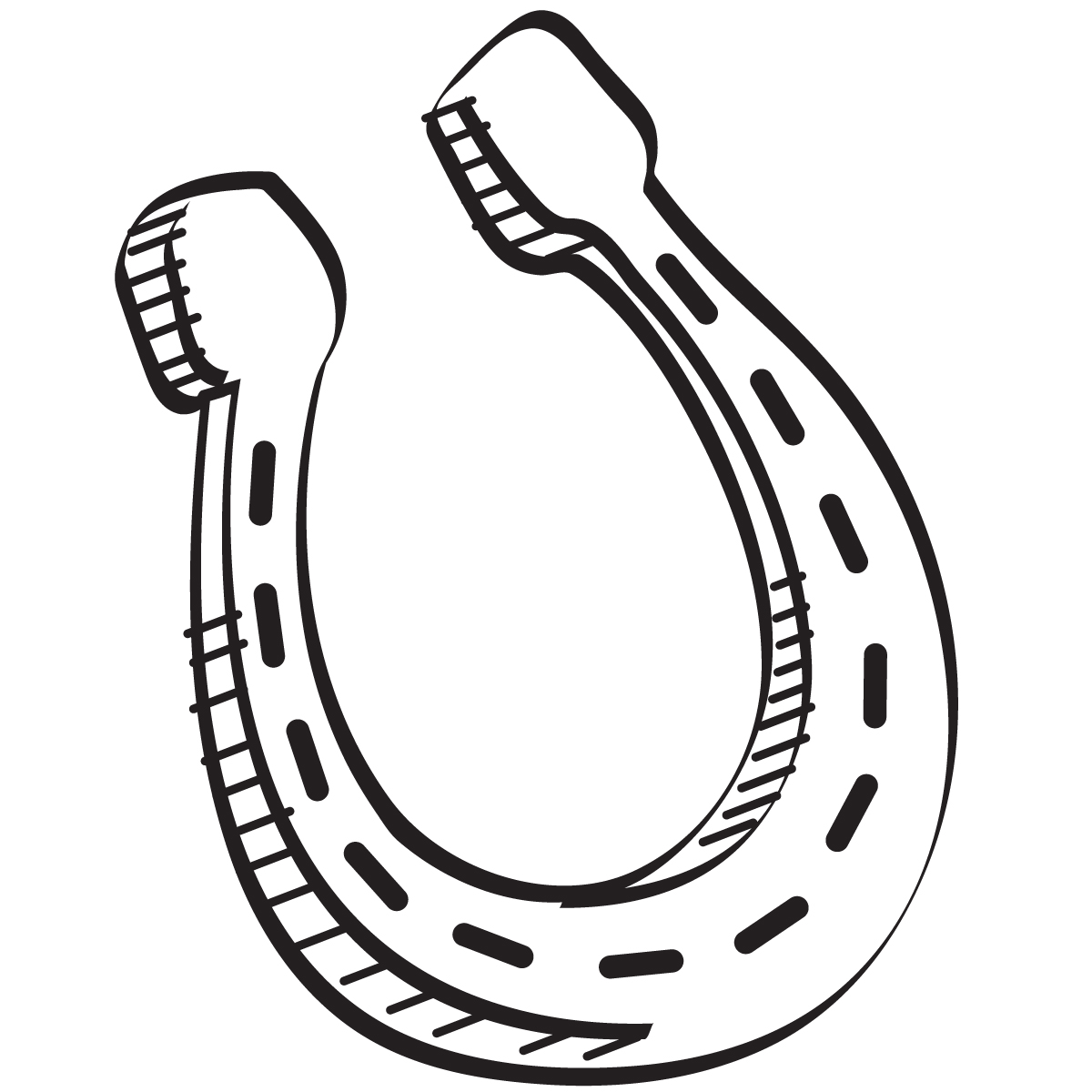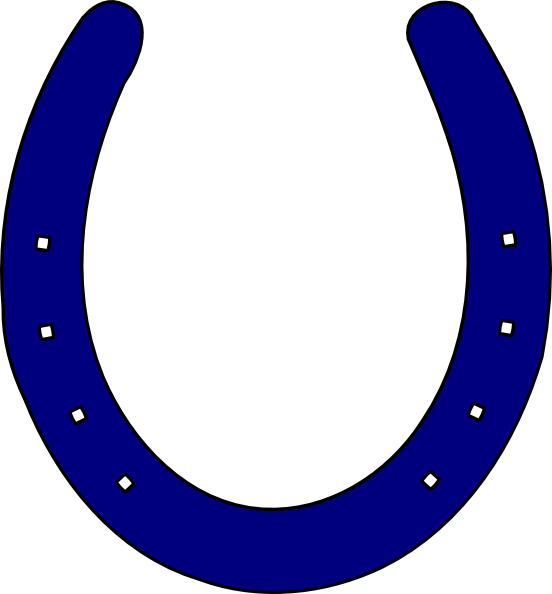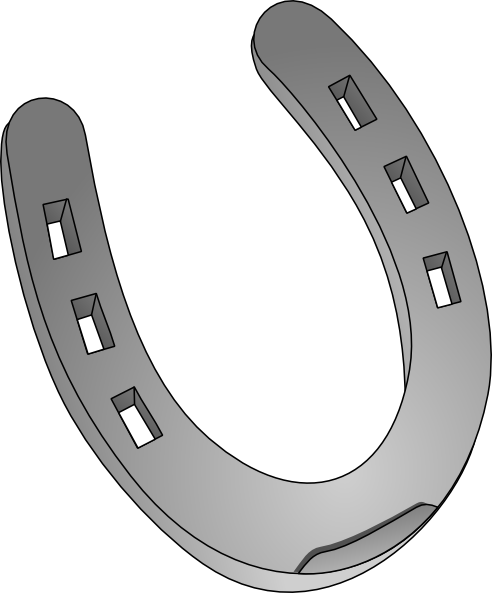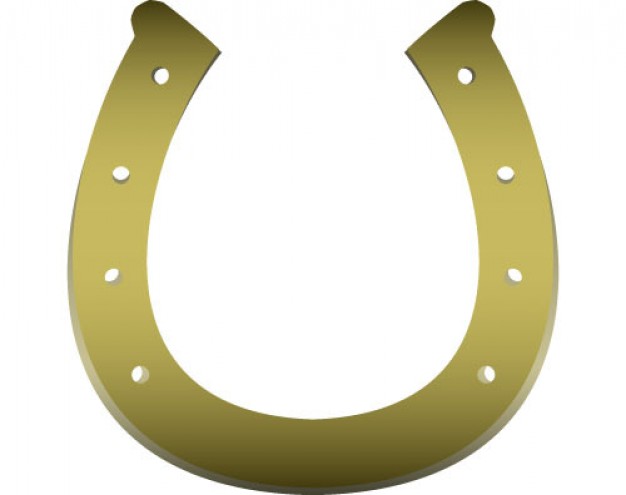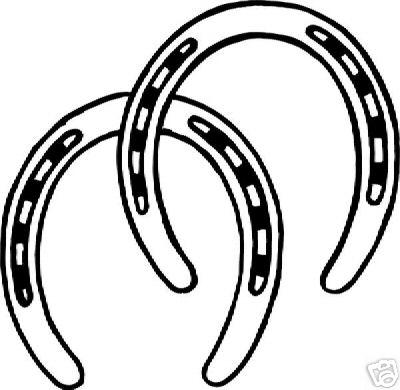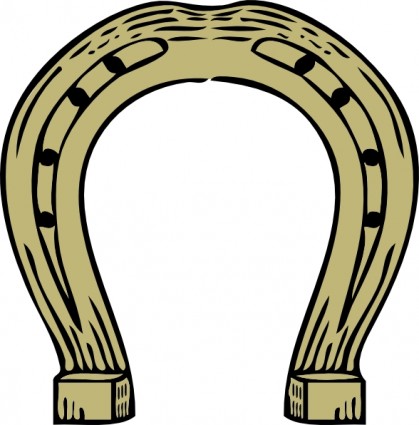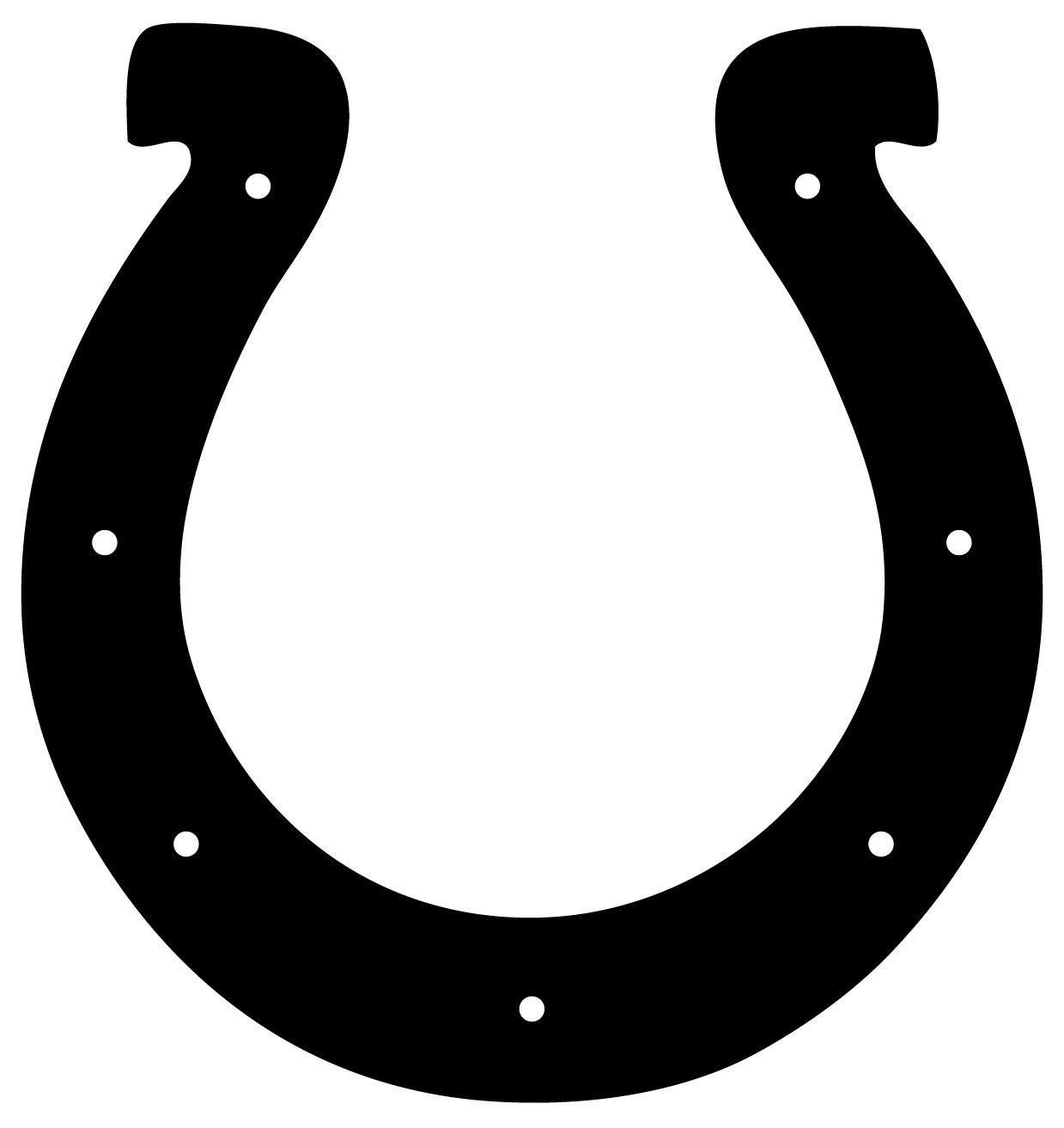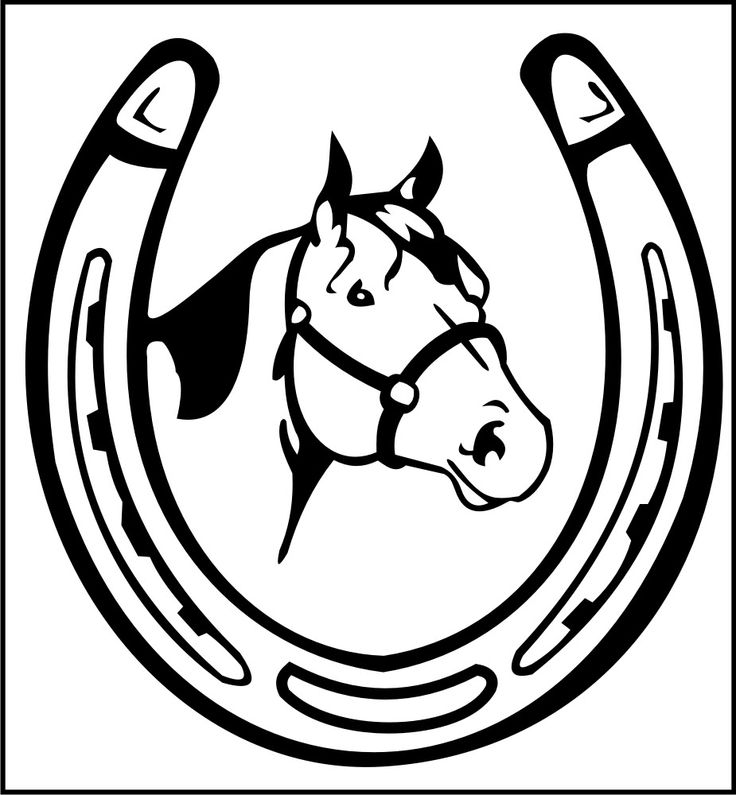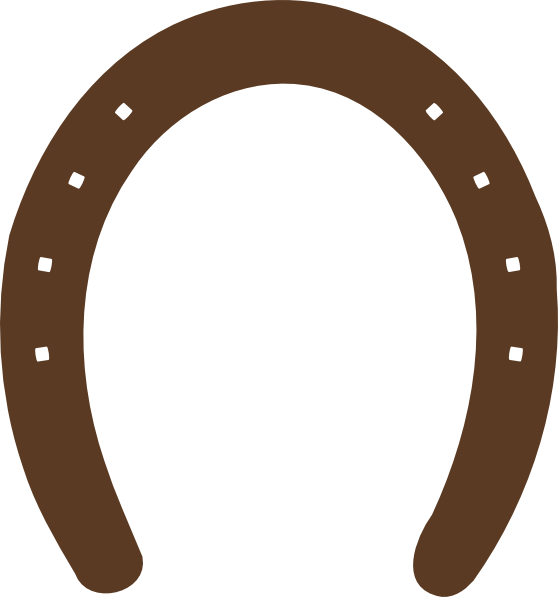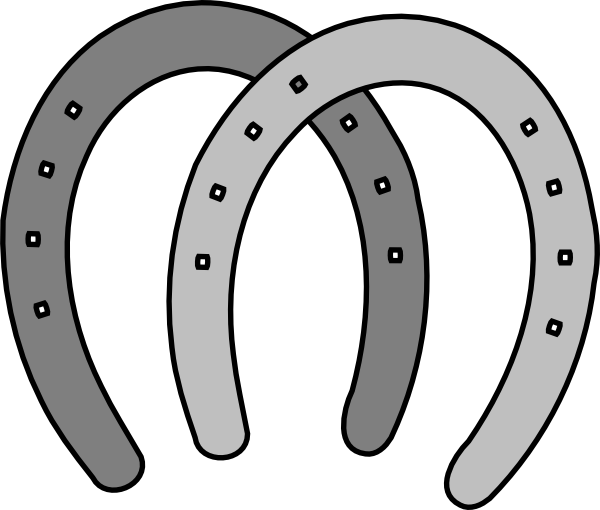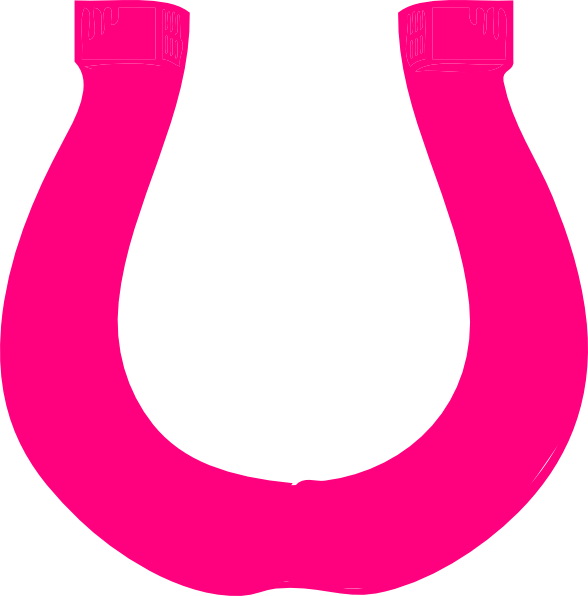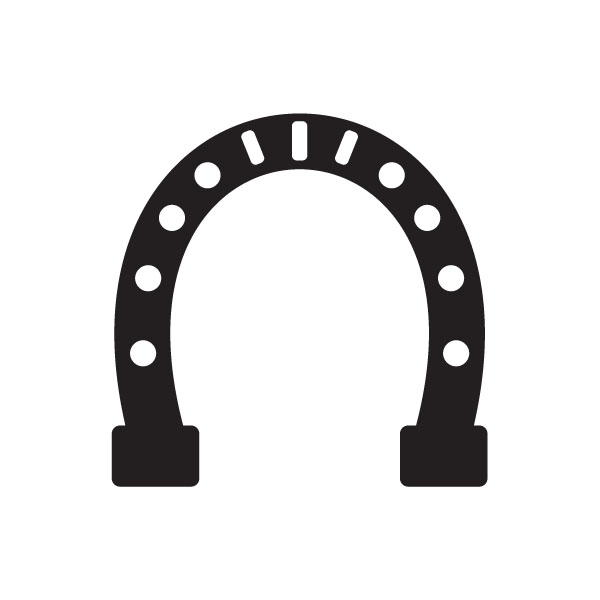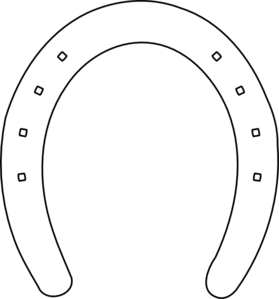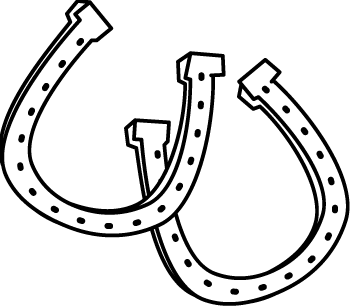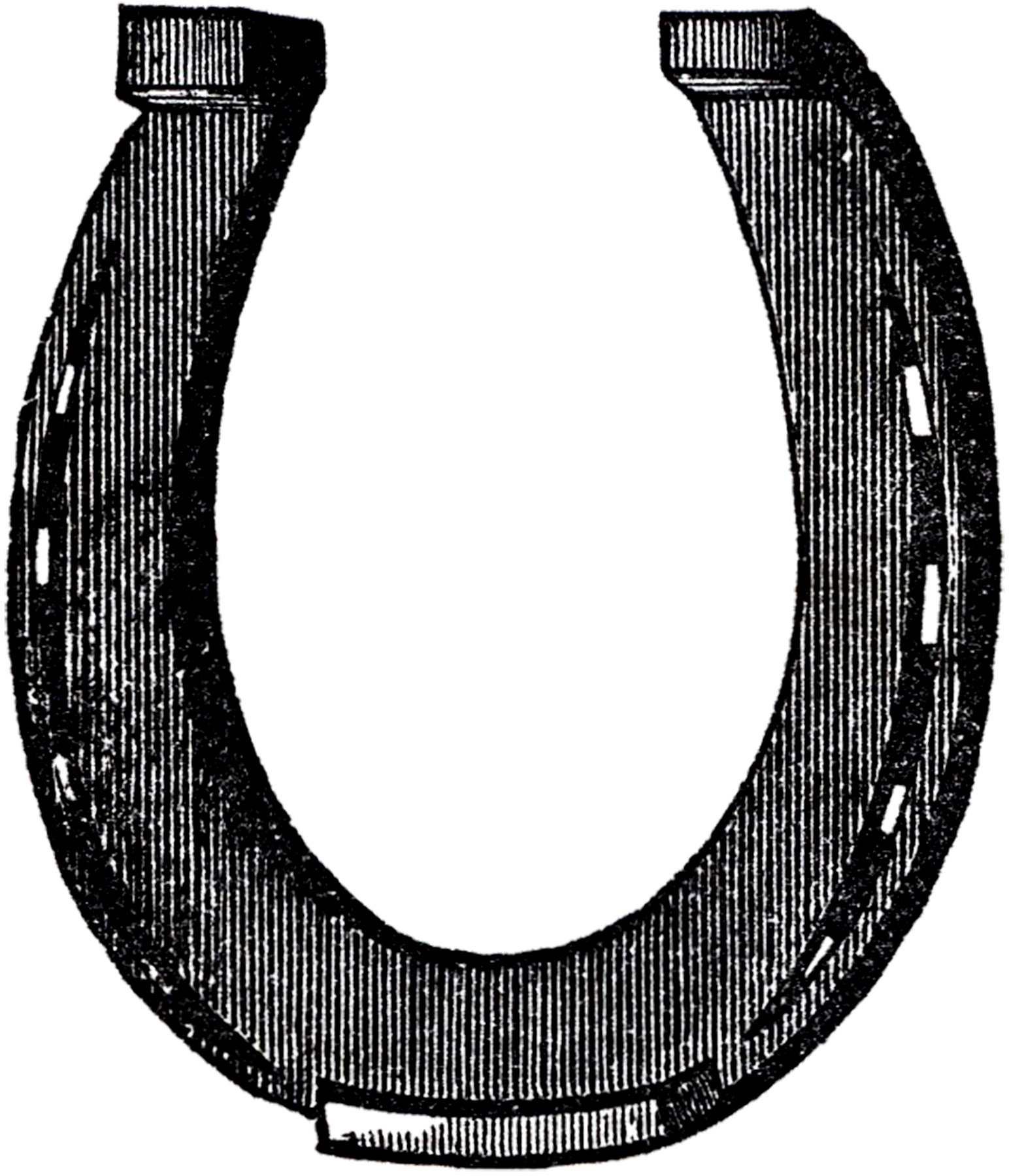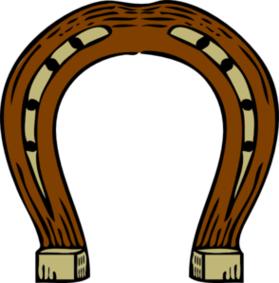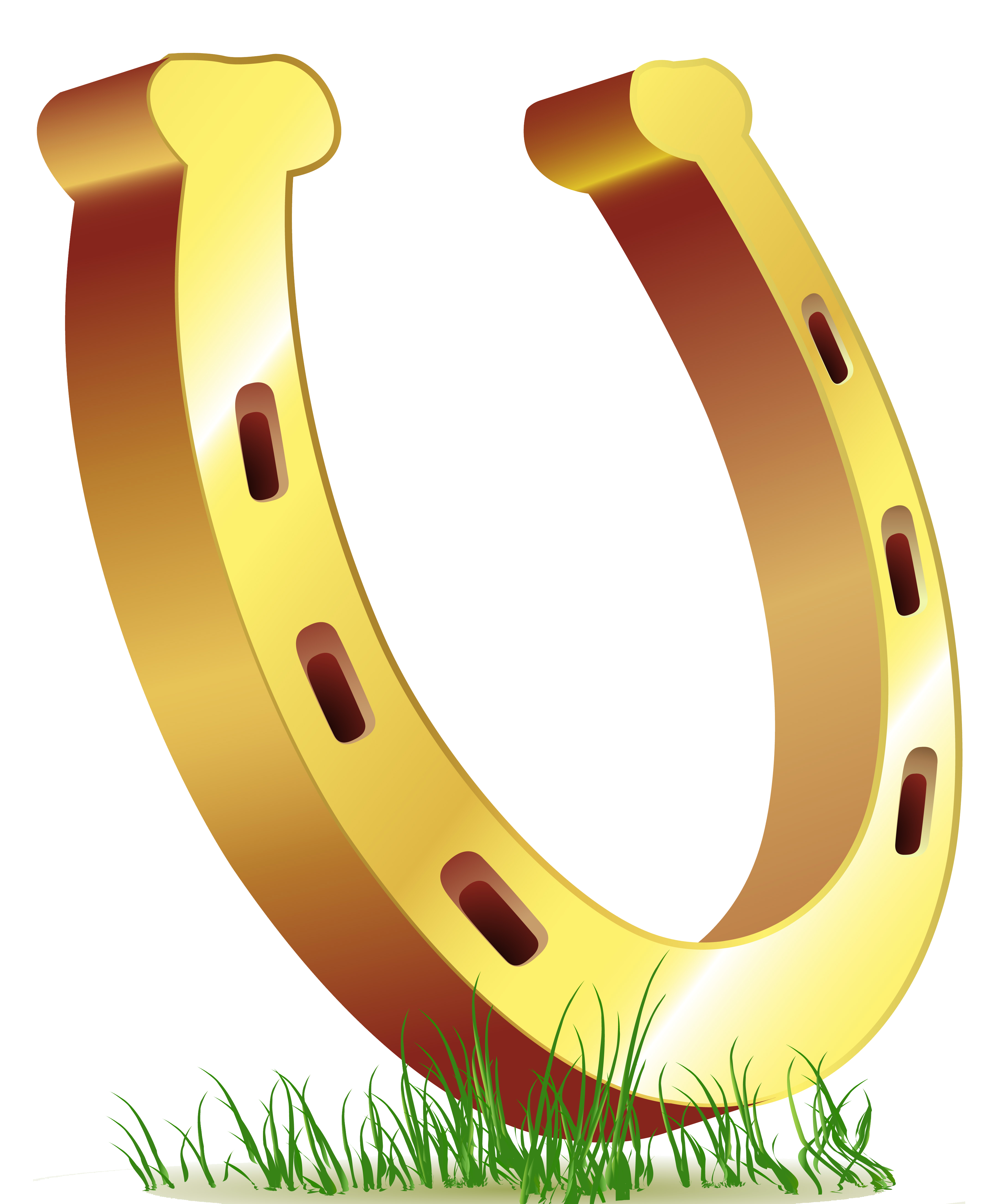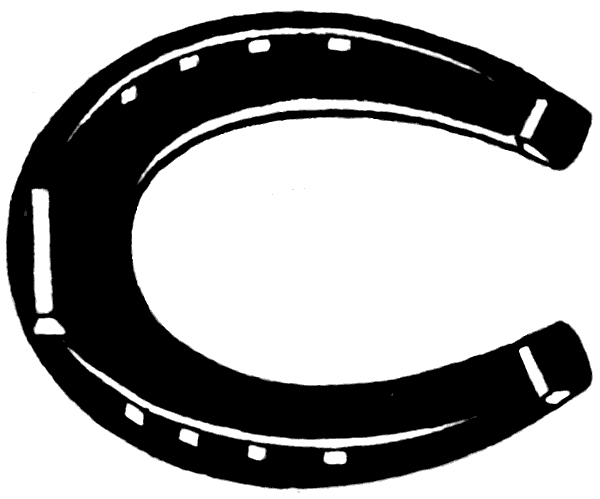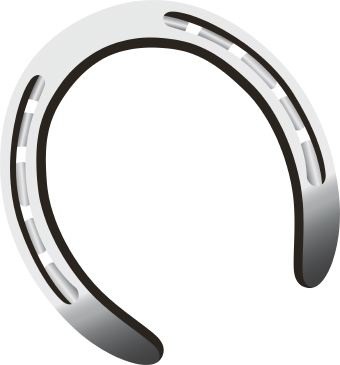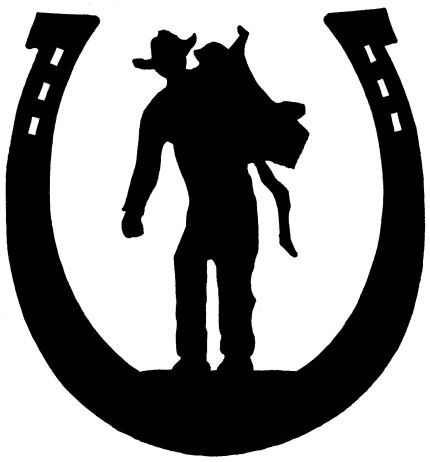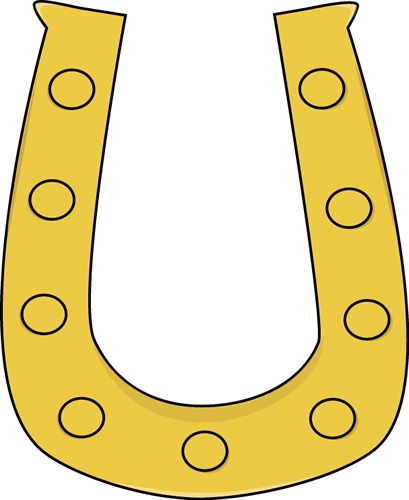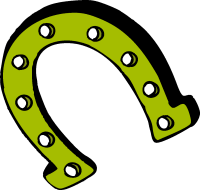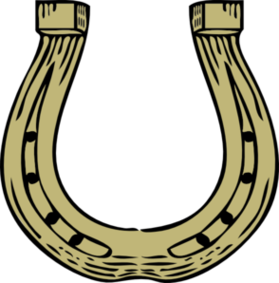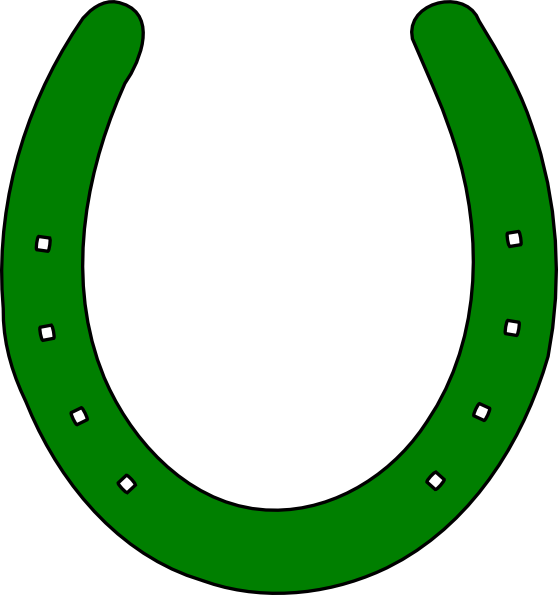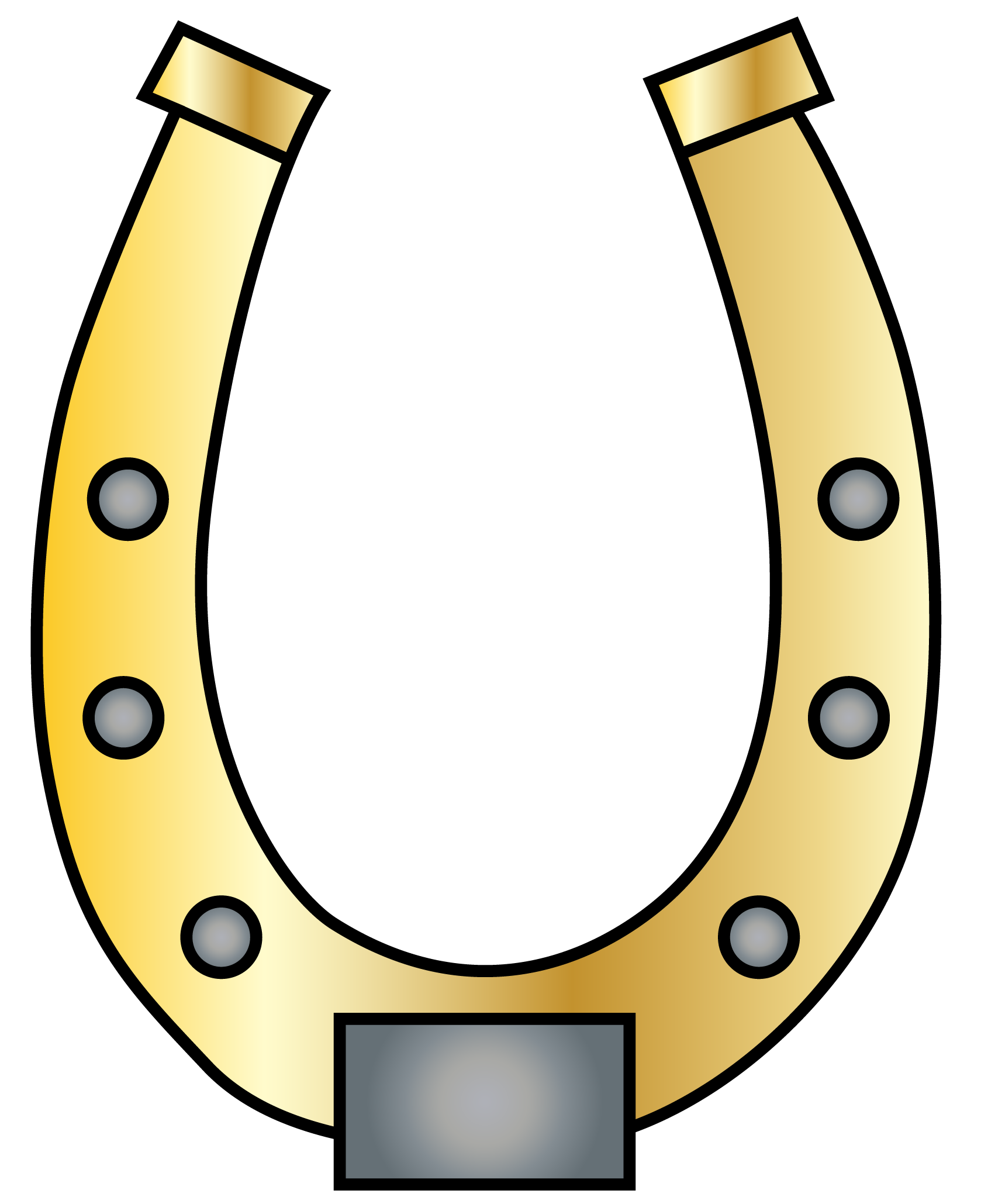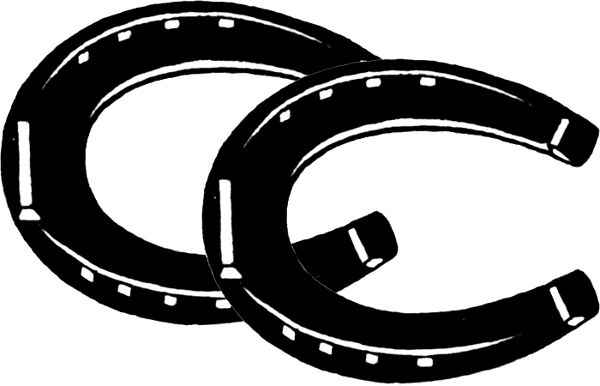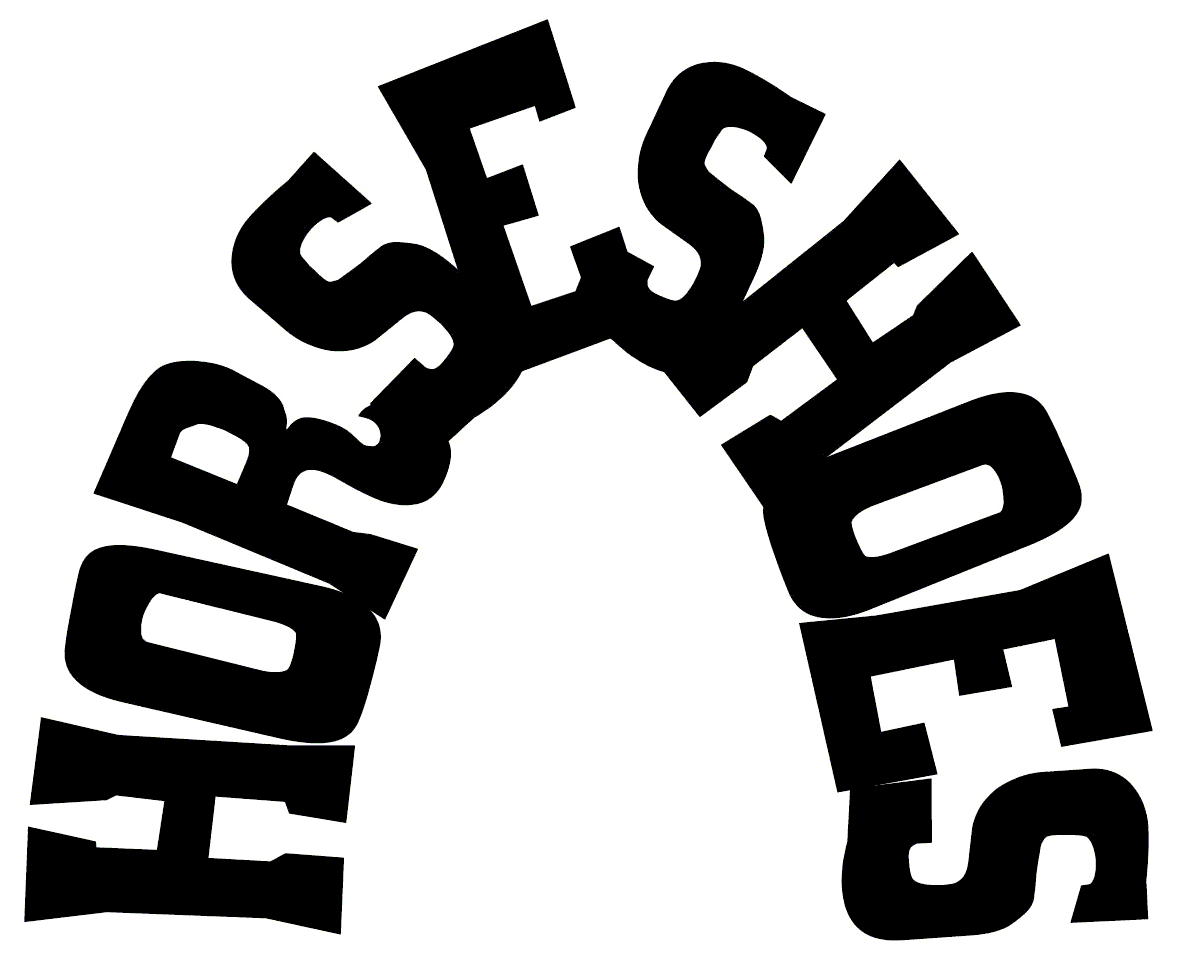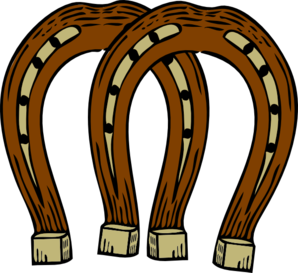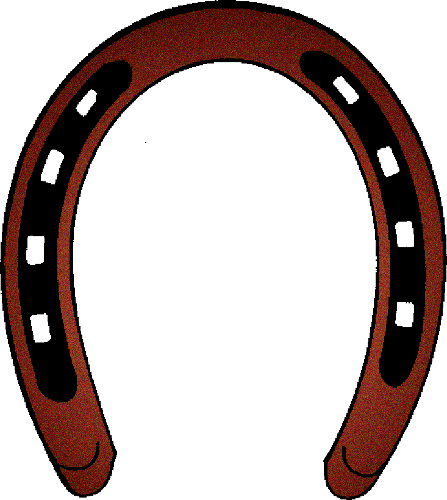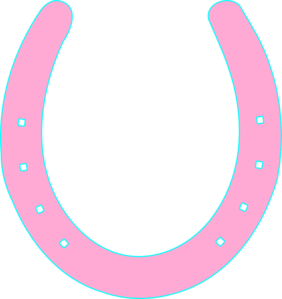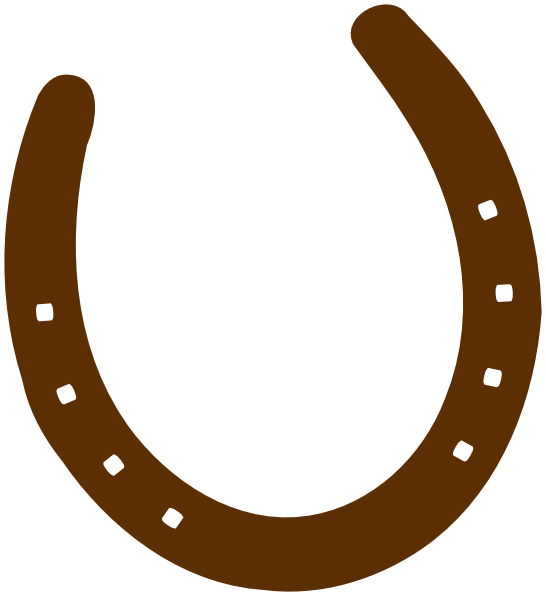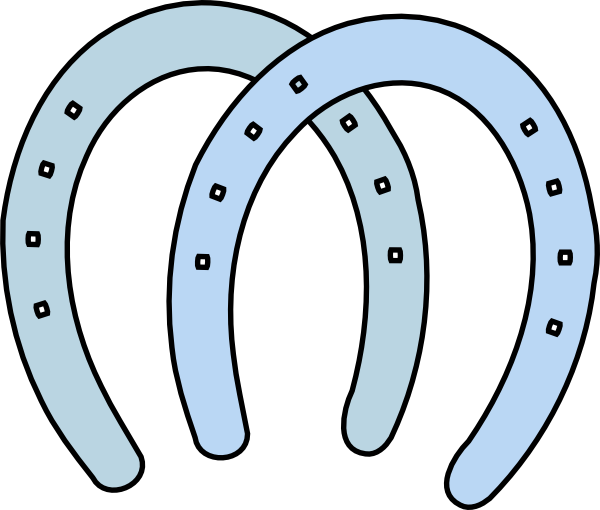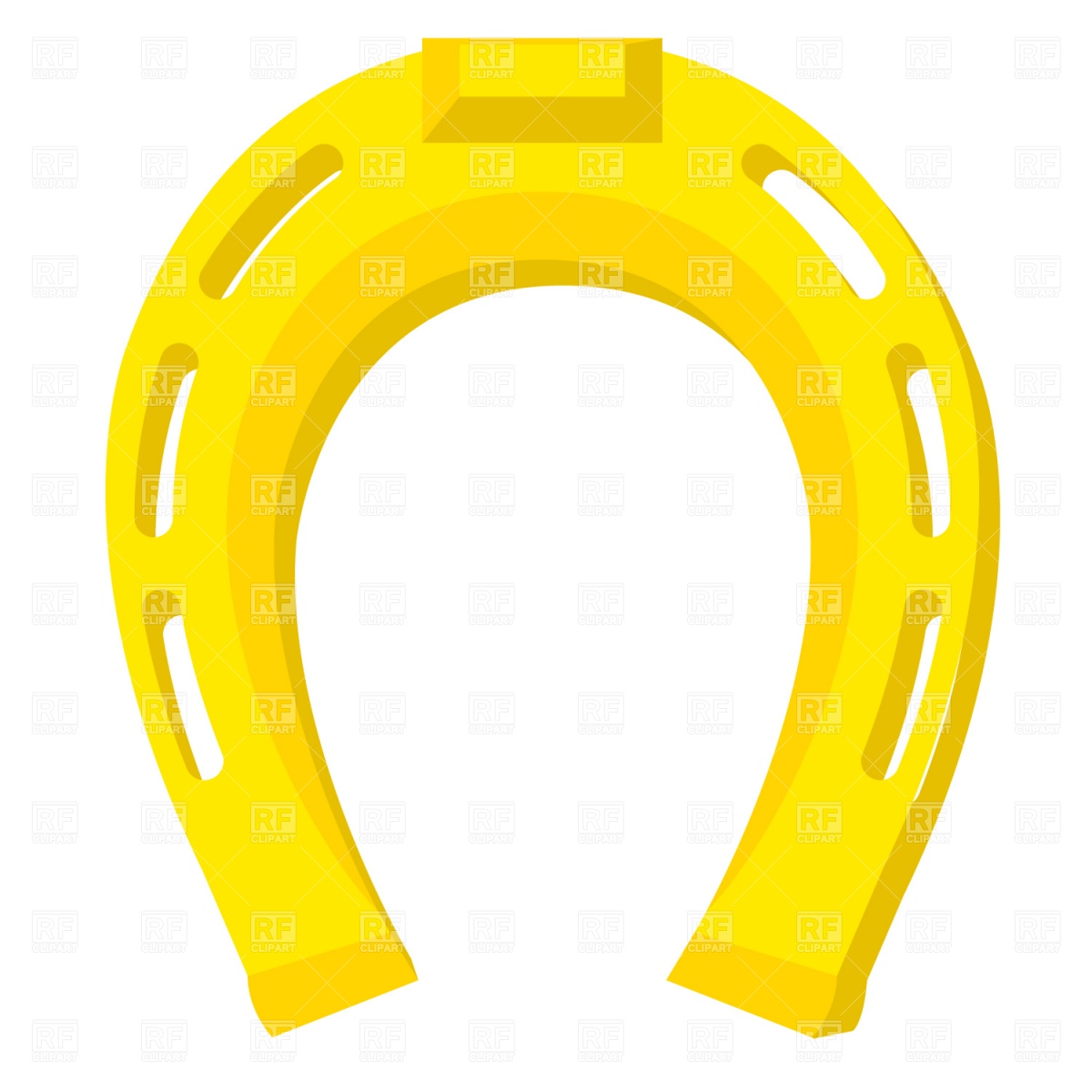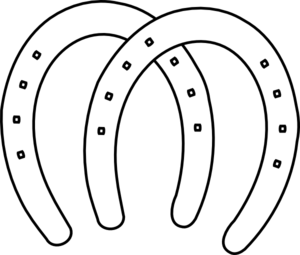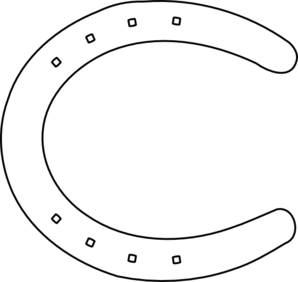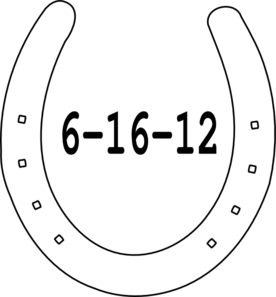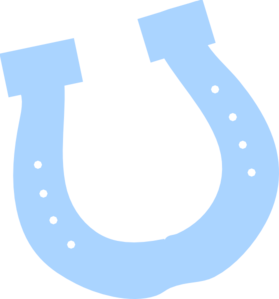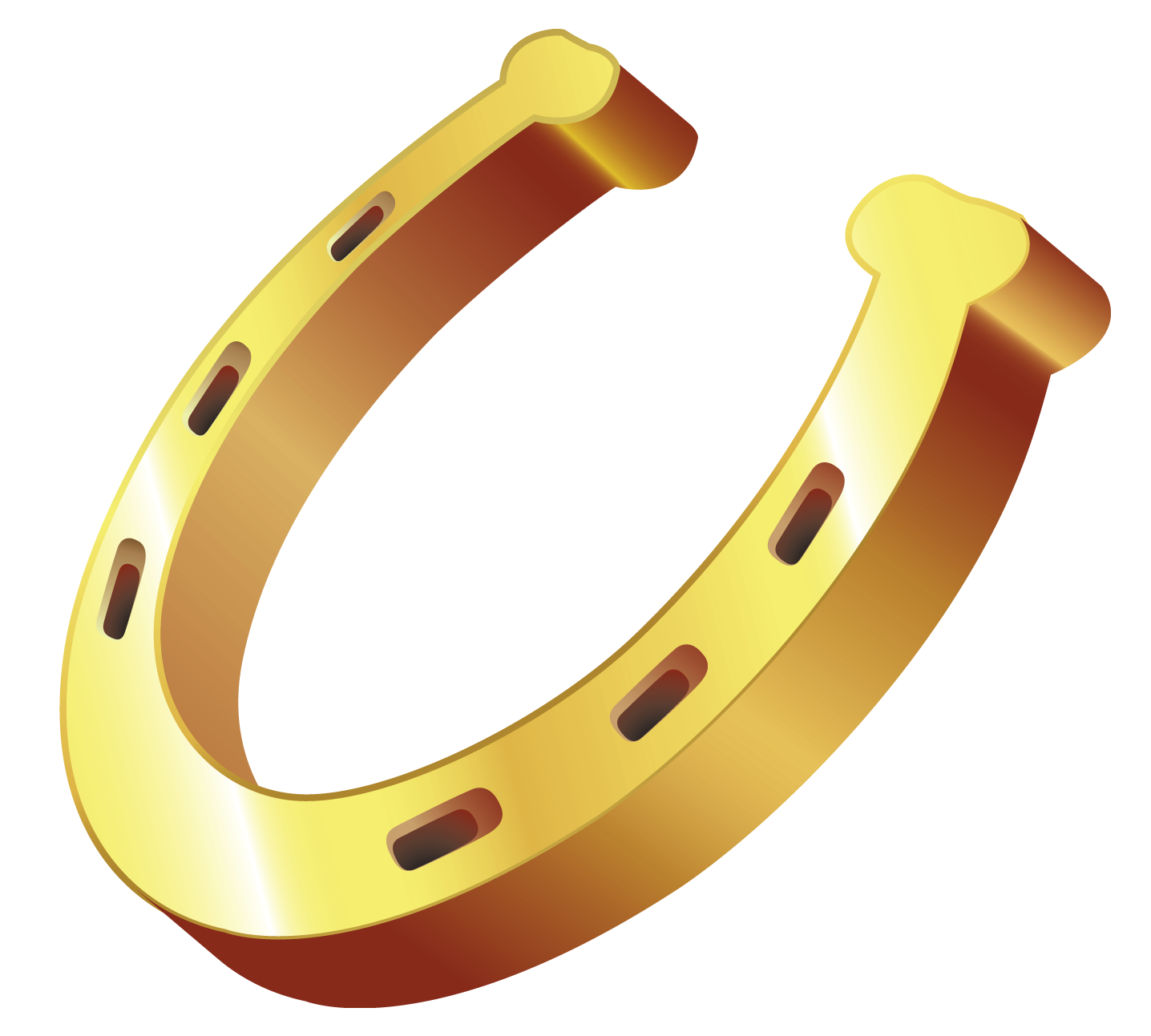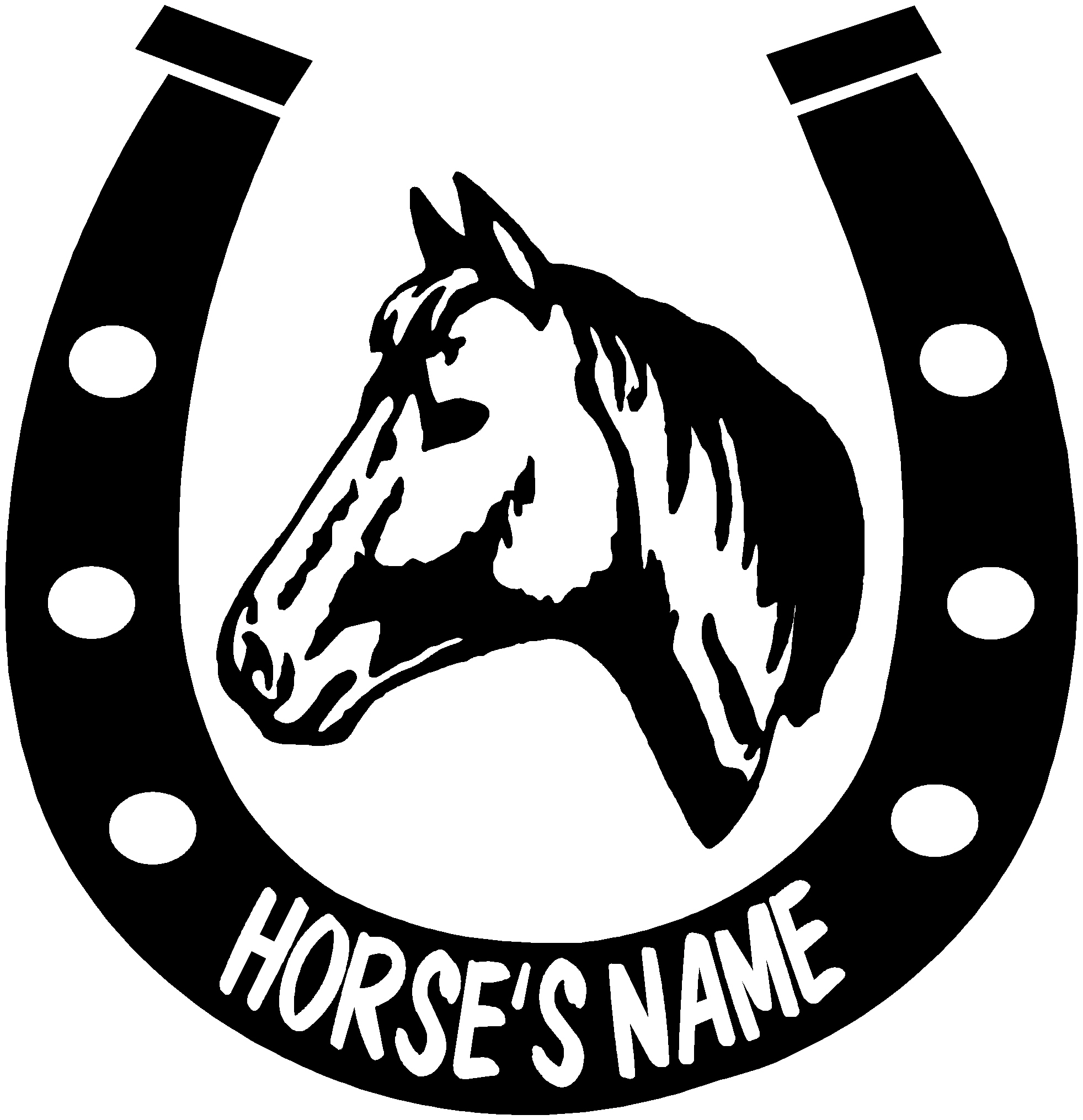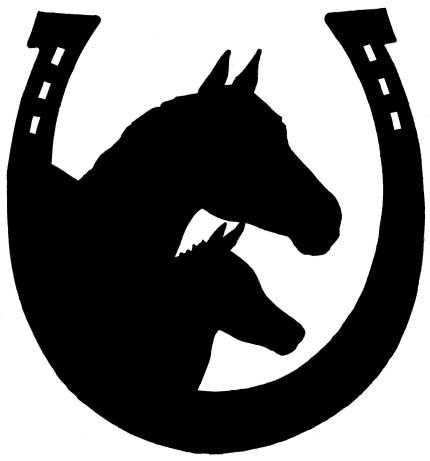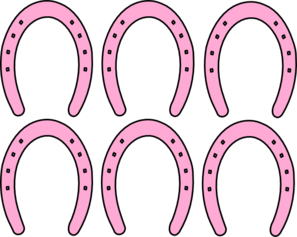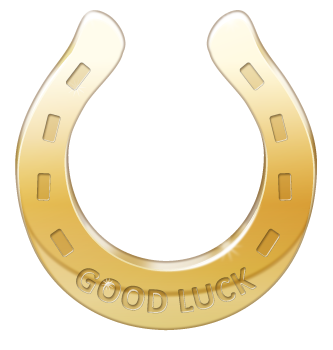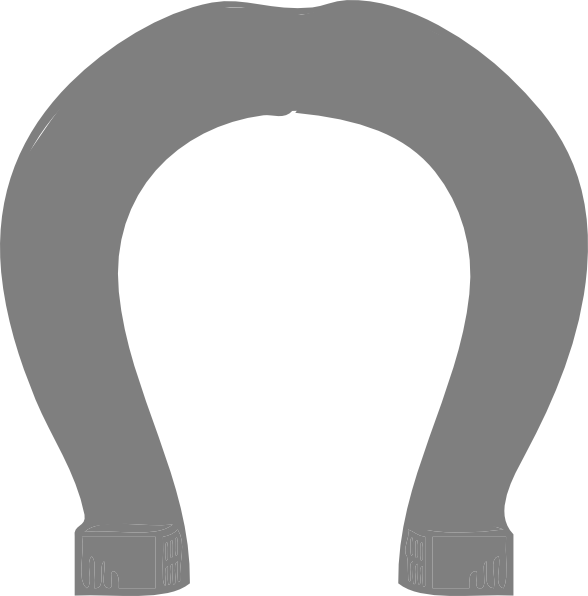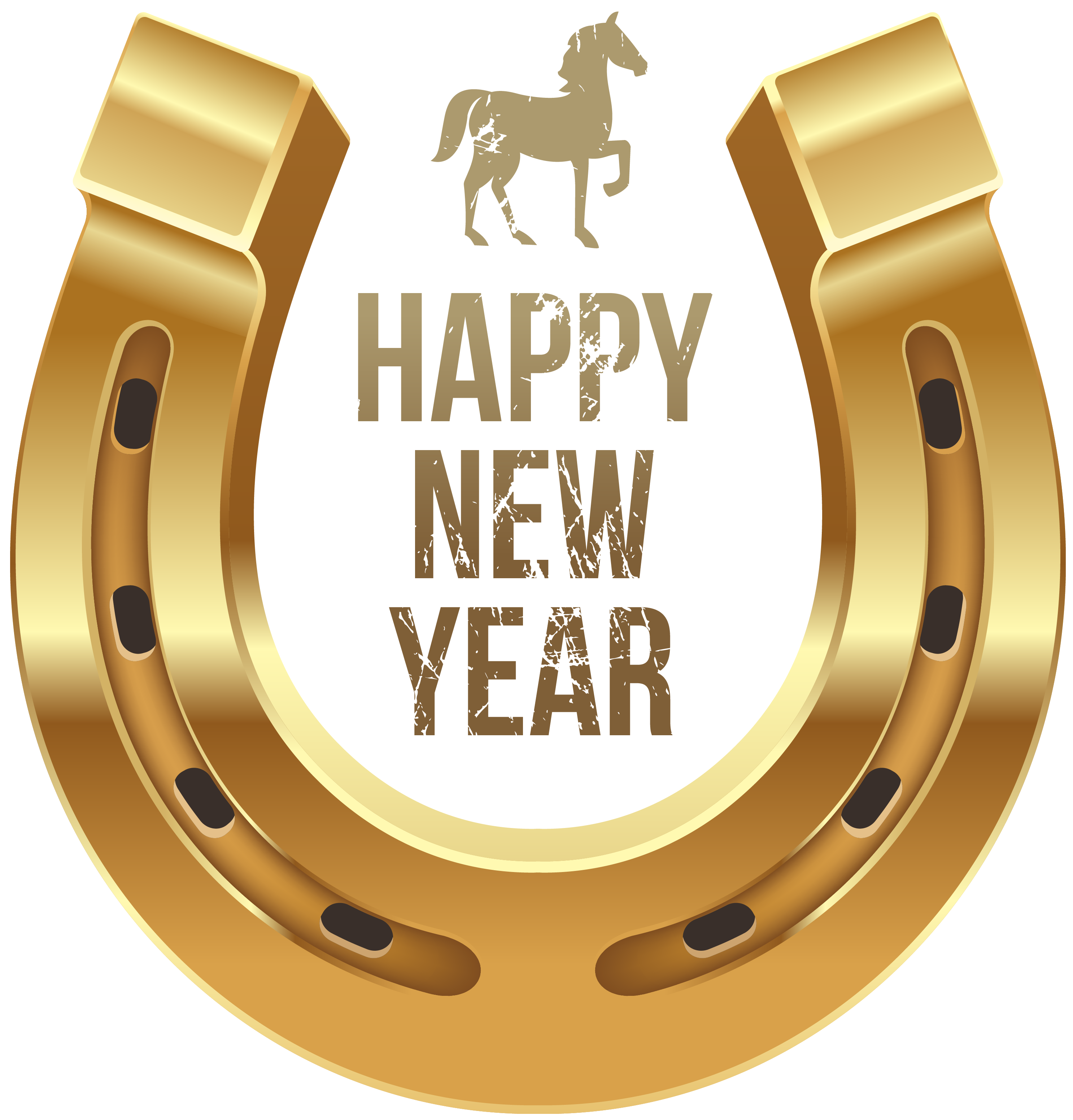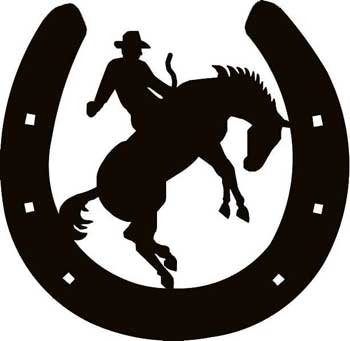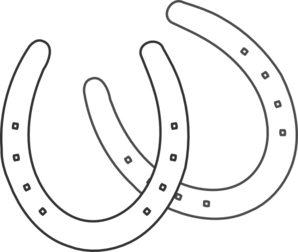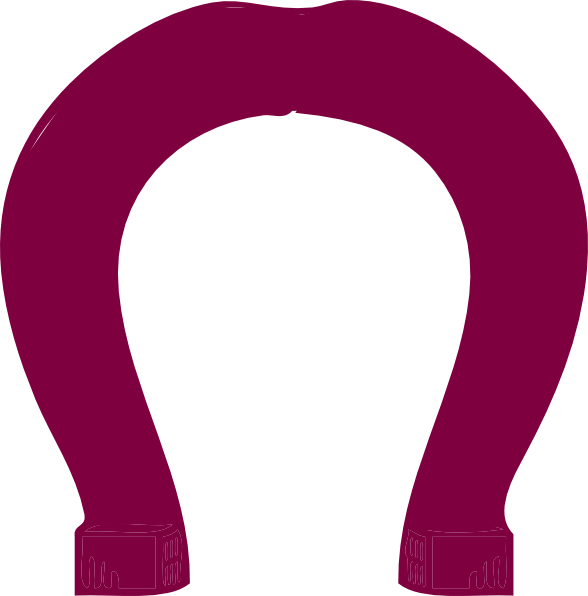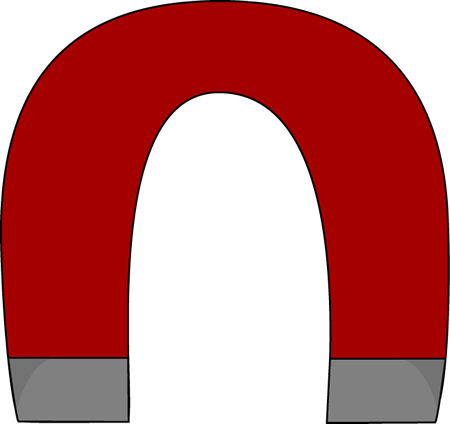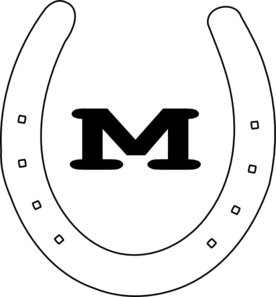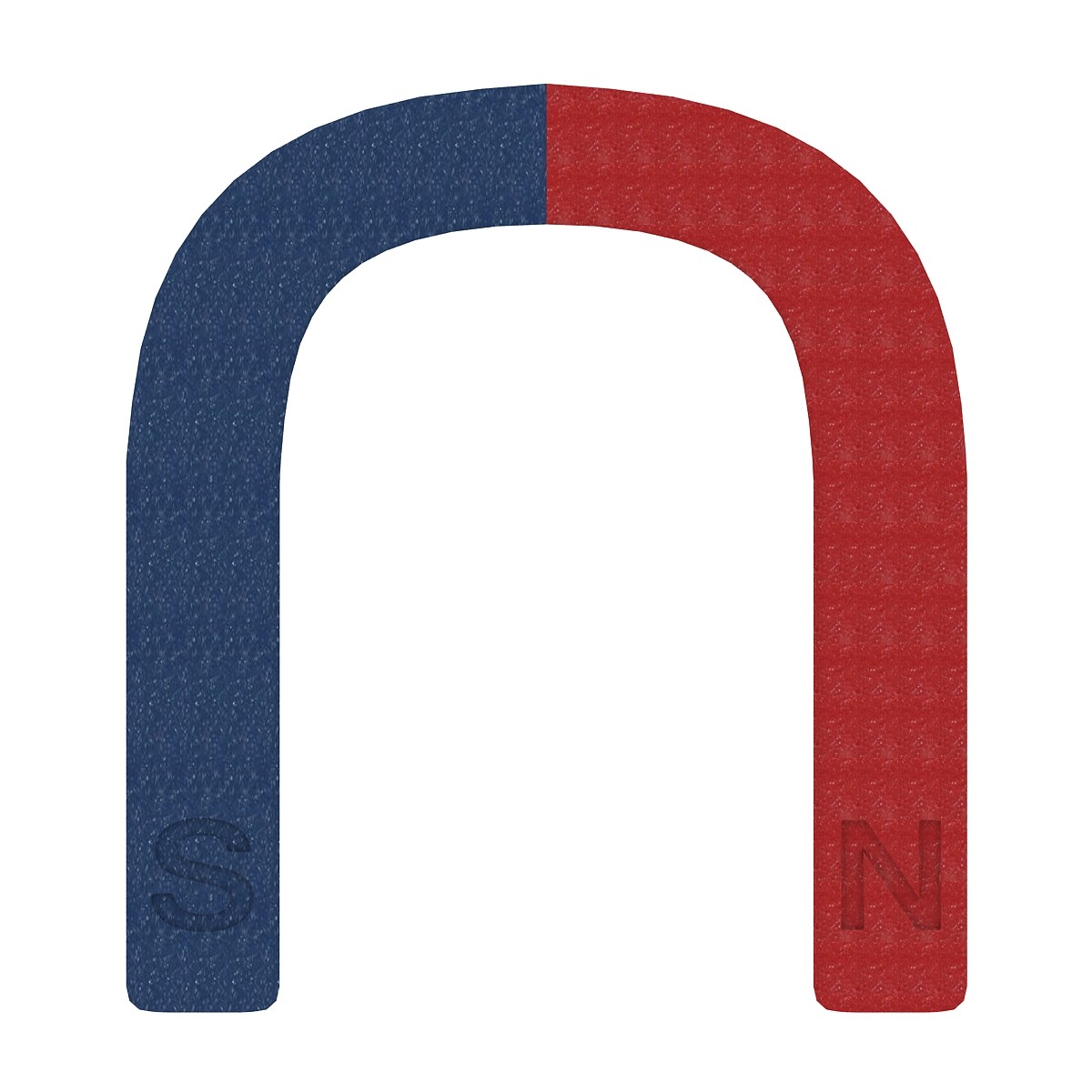Horseshoe Clip Art
Horseshoes are curved metal plates nailed to the bottom of a horse’s hooves to protect them from wear and impact as the animal moves about. Proper horseshoeing helps prevent lameness, enhances traction, and aids balance for equine athletes. The familiar U-shape dates back eons as part of humankind’s early partnership with horses.
History and Origins of Horseshoes
Archaeologists date the first horseshoes to around 400-200 BCE in Asia, where working horses helped grow ancient empires. Draft animals traveling rugged terrain across vast trade networks needed durable hoof protection. Basic hoof coverings preceded the familiar iron crescent shoes. As techniques advanced, horseshoes became more widespread by about 1,000 CE.
Regional design variants arose across the world. In snowy climes, horseshoes splayed outward to distribute weight. Sandy desert horses wore flat ovals. In Europe’s Middle Ages, knights’ mighty warhorses donned armor-like shoes befitting their battlefield roles alongside soldiers. Both simple and elaborately decorated shoes appear in artwork through the ages. By the 19th century, machines mass producing identical steel shoes enabled further refinement as metallurgy and farriery modernized in tandem.
Today’s models balance durability, traction and comfort. Yet despite technological improvements, horseshoeing remains inextricably linked to millennia of equine history.
Horseshoe Design Elements
The common steel shoe takes shape from a plan view resembling an egg with a bite missing. It wraps the hoof for about 180 degrees, leaving the heels flexible. The curved outer wall is the surface contacting the ground. Inner contours conform close to the hoof shape below for more stable attachment. Calkin plugs, toe grabs and crevice-crossing bars add further traction or landing stabilization.
Eight nail holes pierced around the outer rim allow securing the shoe to the hoof wall via horseshoe nails. Shape, thickness and accessories vary between shoe types for different horses and activities. Aluminum, plastics and synthetic rubber also see niche use, but steel reigns supreme.
Proper measuring and fitment must account for the horse’s size, hoof shape, workload and movement across different footing. An experienced farrier skillfully assesses all factors when applying new shoes.
Types of Horseshoes
Categories reflect intended use:
Draft – Heavy duty for hauling, plowing and other farm work. Extended heels and calkins provide leverage and grip.
Racing – Extremely light aluminum models barely hinder acceleration for track thoroughbreds. Embedded toe grabs boost the initial burst while cornering.
Therapeutic – Corrective shoes to treat injuries, improve gait or relieve strain on weak hooves prone to cracking. Often incorporate acrylic fill material or differently angled branches.
Winter Traction – Built-up calkins and sharp points penetrate snow/ice without balling up. Some designs like Norwegian heel shoes invert the usual crescent by extending the heels down instead.
Specialty – Unique shoes for show horses, polo mounts, trail riding and other niche needs prioritize visual flair or custom attributes like sliding stops.
Of course, conventions blend between disciplines. Most recreational riders opt for basic, moderately heavy shoes suitable for exercises ranging from casual walks to brisk canters across mixed terrain.
Purpose and Function of Horseshoes
Above all, horseshoes protect hoof integrity. Hooves consist of tubular keratin similar to rigid human fingernails. Rapid growth continually replenishes the structure from the coronary band above. But the outer wall still slowly wears down upon continual ground contact. Early barefoot domestication ruined captive horse hooves within a year or two. Horseshoes preserve healthy hooves five times longer on average, enabling consistent use.
The shoe also acts like a mini-snowshoe or boot, expanding the hoof’s perimeter. This distributes the horse’s weight more evenly over soft terrain for improved flotation and shock absorption. Proper traction reduces slip related injuries. Therapeutic shoeing further aids recovery. Overall horseshoes boost equine longevity and quality of life when properly integrated into care routine.
Horseshoe-Related Sports and Games
Horseshoe pitching originated among soldiers around the 10th century seeking entertainment using spare shoes. Gameplay simply involved tossing shoes at a metal post and scoring points for good aim. Over centuries, formal rules developed. Regulation horseshoe courts now feature two pits filled with clay or sand, each with a centered metal stake. Players take turns pitching special U-shaped shoes from behind the pit at either stake 40ft away. Ringers leaning perfectly on the peg earn the highest points.
Informal backyard tosses continue just for fun using random worn-out horseshoes. Less organized games also include the goal of hanging shoes on elevated nails or poles. Though overshadowed by more modern sports, horseshoe pitching retains devoted enthusiasts and championship tournaments.
Horseshoes in Culture and Folklore
Through history and across continents, horseshoes garnered symbolic status beyond just equine gear. Arrows, crescent moons and yin-yangs echo similar shapes signifying cycles, fortune and spiritual concepts. Thus horseshoes took on the lucky connotation of front-facing “U”s catching good fortune. Finding discarded shoes meant destiny favored whoever picked one up. That resonated with struggling common folk, making the horseshoe ubiquitous motif in heraldry and home decor hoping to “catch” better luck.
Folk beliefs took it further by ascribing magical powers to discovered shoes. Legends claim left hind shoes in particular ward against malevolent fairy interference. Rowan trees sporting embedded shoes kept witches away. Wishing on horseshoes brings similar blessings. Superstitions blurred with Christian interpretations over the medieval era when apocryphal stories arose claiming horseshoes originating from Saint Dunstan himself represented crosses fending off evil.
Lucky horseshoes remain instantly recognizable cultural emblems today.
What is Horseshoe Clipart?
Clipart refers to ready-to-use public domain and royalty-free art for copying/modification without needing artist permission. Before the digital age, small illustrations in publications provided common clipart sources. Later, specialty books compiled copyright-free graphics on various themes including horseshoes. CD-ROMs eventually supplanted physical media. Now endless online galleries offer instant clipart access, much of it free.
Modern horseshoe clipart contains vector images transcending paper limitations. Crisp lines scale to any size without degrading. Color and detail editing simplifies personalizing projects. Digital diversity captures horseshoes of all styles. Alternate versions show the iconic shape by itself, framing blank space for custom text overlay. Artists continually add fresh horseshoe designs to online catalogs.
Using Horseshoe Clipart
Decorative potential makes horseshoe clipart popular for scrapbooking, calendars, business logos, greeting cards, apparel prints, and event flyers. Crafts like wood burnings, stained glass, jewelry, wreaths and quilting incorporate horseshoe designs well. Publishers appreciate clipart efficient illustrations. Horseshoe images visually enhance almost any country, Western or Americana-themed media.
Legally, public domain works carry no restrictions while Creative Commons licensing allows adapting more modern clipart so long as attribution occurs. Commercial use rights vary, so always check source licenses carefully when selling products featuring borrowed artwork altered or unchanged. For casual non-commercial projects, horseshoe clipart offers quick symbolic embellishment.
Even in today’s high-tech world, this enduring symbol’s familiar lucky outline continues bringing folksy charm to DIY creativity just as it once shod horses across bygone eras.
In this page clipartix present 64 horseshoe clipart images free for designing activities. Lets download Horseshoe Clip Art that you want to use for works or personal uses.

